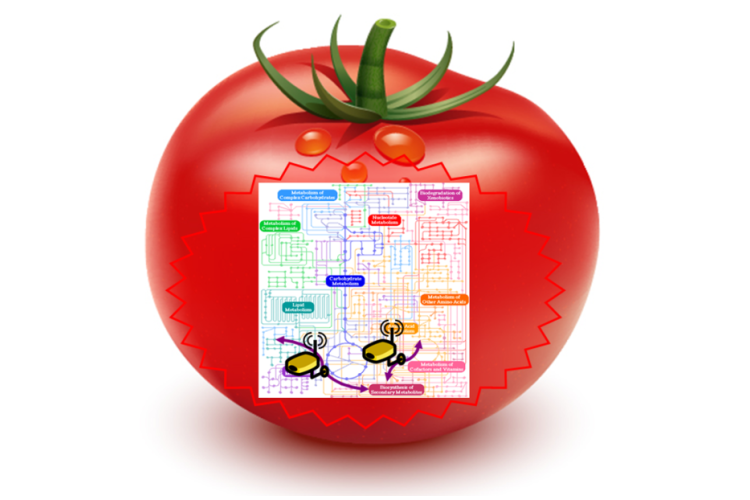Jasmonate Signaling within Plant Fitness Programs
Given that JA is a universal elicitor of the biosynthesis of plant specialized metabolites, the research in my group focuses on the increasing of our understanding of the composition and functioning of the distinct modules of the JA perception and signaling cascade, both in the model plant Arabidopsis thaliana and the crop tomato (Solanum lycopersicum). It is generally accepted that the JA elicitor effect mainly relies on the transcriptional induction of species-specific metabolic pathway genes through a signaling network that involves a conserved JA receptor complex that perceives endogenously produced or exogenously applied bioactive JA, and a downstream compendium of conserved, species-specific and/or pathway-specific TFs that activate the transcription of the metabolic pathway genes. Yet, this picture is far from complete. By implementing novel cutting-edge omics tools, such as single-cell RNA-sequencing, TurboID-based proximity labeling, phosphoproteomics and limited-proteolysis mass-spectrometry, we aim to address longstanding central questions in the field, such as how JA modulates growth in the notorious growth-defense trade-off, how JA activates specific metabolic pathways in a cell-specific manner, if JA triggers signaling independent of the canonical COI1-JAZ co-receptor complex, or how JA interacts with other ‘stress’ phytohormones such as SA and ABA? Using tomato in parallel with Arabidopsis as a model system allows us to address open questions on the targets, specificity, function, and regulation of the JA signaling cascade in a broader context.

